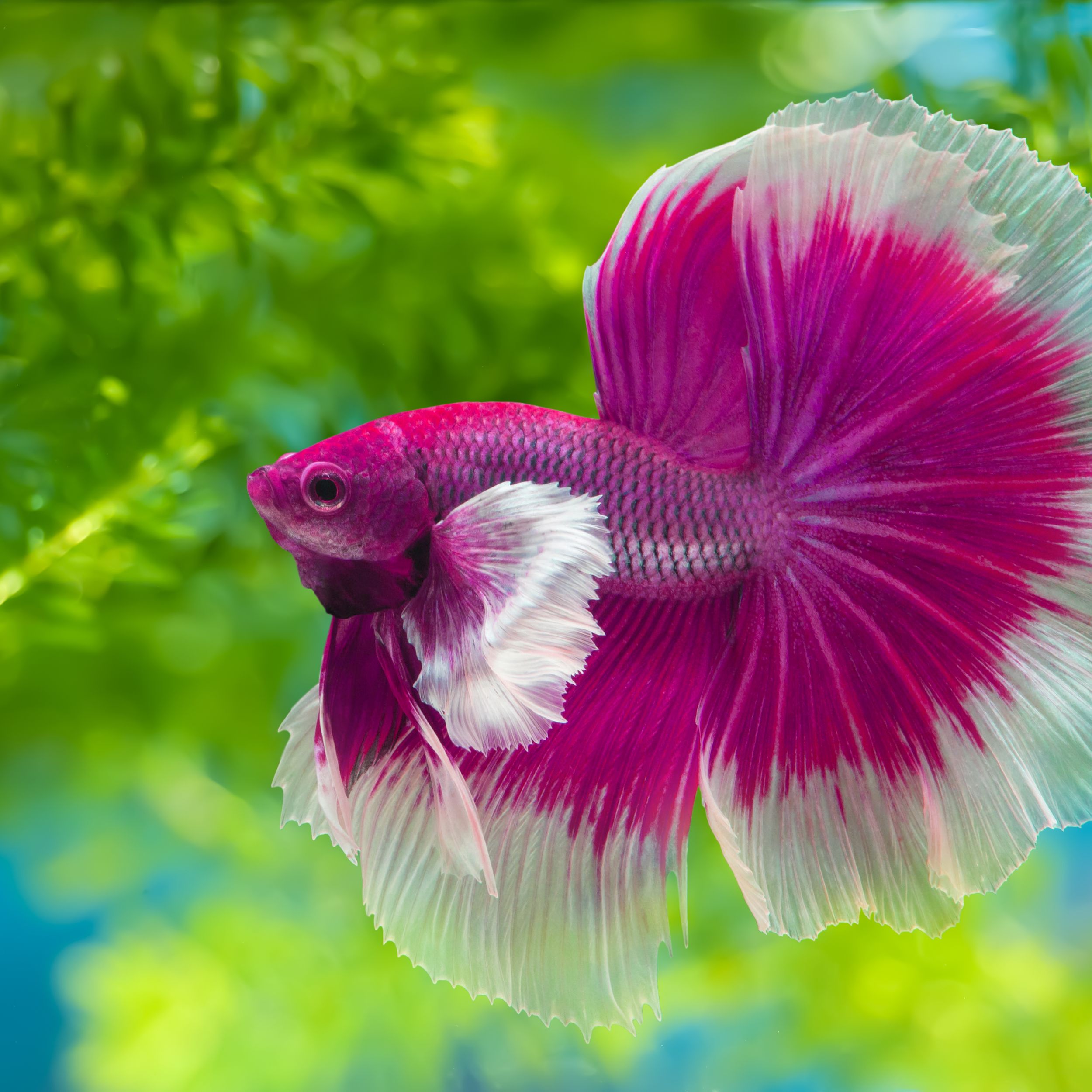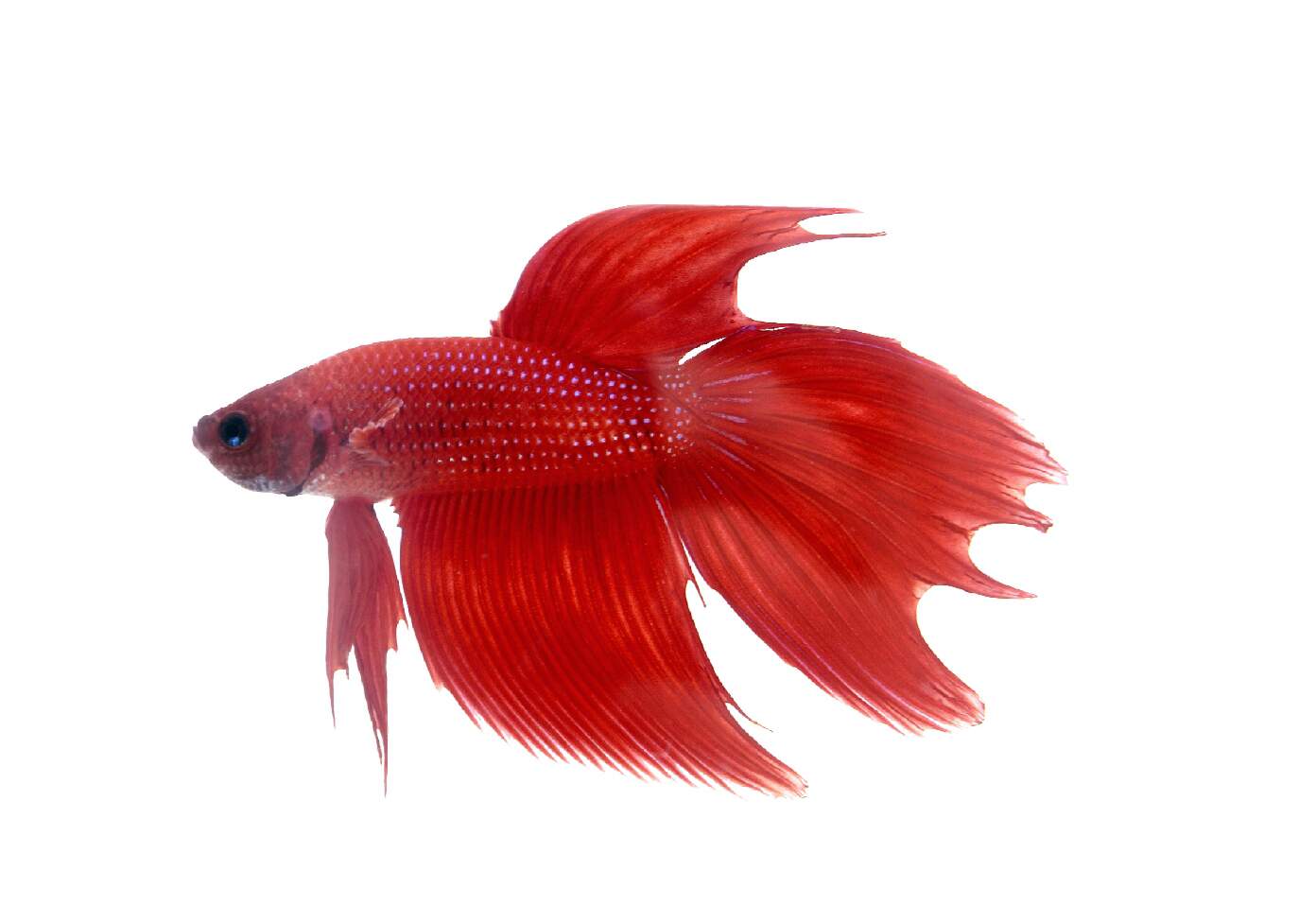Understanding Betta Fish Habits: What Every Proprietor Ought To Know
Understanding Betta Fish Habits: What Every Proprietor Ought To Know
Blog Article
Just How to Reproduce Betta Fish Successfully: Expert Methods and Insights for Hobbyists Wanting To Broaden Their Betta Collection
Reproducing Betta fish calls for a nuanced understanding of genes and ecological problems, making it essential for enthusiasts to come close to the procedure with both diligence and treatment. Producing an ideal reproduction environment, choosing the best sets, and observing the intricacies of their courtship habits are foundational steps that can considerably influence the result. Moreover, the succeeding care of the fry is crucial for ensuring their healthy development. As we explore these vital parts, it comes to be clear that effective breeding is not practically the preliminary pairing however encompasses a broader strategy that merits cautious consideration.
Understanding Betta Fish Genes
Understanding the genetics of Betta fish is important for successful breeding, as it affects attributes such as color, fin form, and actions. Betta fish show a varied range of shades and patterns, greatly figured out by their hereditary make-up. The key genes liable for pigmentation consist of the "B" gene for blue, "D" genetics for red, and the "C" gene for shade strength. Breeders can manipulate these characteristics by picking certain parent fish that show preferred attributes.
In enhancement to pigmentation, fin morphology is an additional substantial facet of Betta genetics (betta fish). The shape and dimension of fins are influenced by various genetics, consisting of those that figure out whether the fins are brief, long, or veil-shaped. Understanding these hereditary variations aids breeders predict the phenotypic outcomes of their children
Furthermore, behavior traits such as aggressiveness and territoriality can additionally be influenced by genes. These habits play a crucial role in the reproducing procedure, as they can affect spawning success and the total character of the resulting fry. By adequately comprehending these genetic concepts, breeders can make educated decisions, inevitably improving their reproduction programs and accomplishing desirable results.
Preparing the Reproduction Atmosphere
Creating an optimum reproduction setting is crucial for the effective reproduction of Betta fish. The very first step in preparing this atmosphere is to choose an appropriate reproduction tank, ideally ranging from 5 to 10 gallons.
Next, think about using a sponge filter or an air rock to provide mild water flow without producing strong currents that can emphasize the fish. It is necessary to mount plants or breeding cones to offer hiding places and promote comfort for the woman throughout the spawning process. Floating plants, such as Java moss or water sprite, can also produce an extra natural surroundings while helping with bubble nest structure by the man.
Prior to presenting the breeding pairs, make certain the water is conditioned and totally free from harmful chemicals, such my blog as chlorine or hefty steels. betta fish. Regular water changes need to be conducted to maintain ideal water top quality, enhancing the opportunities of successful breeding. With these prep work in position, the reproducing environment will sustain the wellness and health of both Betta fish
Selecting Reproduction Pairs
Picking the best reproduction pairs is essential for achieving successful Betta fish recreation. Healthy Betta fish display dynamic colors, clear eyes, and active behavior.
Temperament is one more essential consideration, as Betta fish are understood for their aggressive nature. It is a good idea to select a man and woman that show suitable temperaments to reduce anxiety throughout the reproducing procedure. A calm man can motivate a smoother courtship, while a woman that is as well hostile might disrupt the procedure.
Genetic history additionally plays a substantial function in the quality of the children. Breeding fish that are genetically diverse can reduce the threat of genetic health and wellness concerns and improve the general vigor of the fry. It is helpful to investigate the family tree of both the male and female, concentrating on desirable traits such as fin kind, shade patterns, and size.
The Reproduction Process
The breeding procedure of Betta fish requires cautious preparation and focus to detail to make sure an effective outcome. It is vital to prepare an appropriate breeding storage tank, preferably a 5-10 gallon fish tank with a temperature level maintained at 78-80 ° F. The tank needs to be geared up with a heating unit, filter (ideally sponge kind to stay clear of solid currents), and lots of marine plants for the lady to conceal.
As soon as the environment is set, introduce the selected breeding set to the storage tank, permitting them to acclimate. Observe their behavior; the male will certainly present elaborate courtship routines, consisting of flaring his fins and constructing a bubble nest. you could look here If the lady reveals passion, she will certainly show vertical stripes indicating readiness for spawning.
When the woman is receptive, the pair will certainly involve in a mating embrace, throughout which the male feeds the eggs. Keeping optimal water conditions during this period is important for the growth of healthy Betta fry.
Taking Care Of Betta Fry

Feeding Betta fry is crucial, as they require a diet plan high in healthy protein. They can be fed infusoria or liquid fry food, transitioning to finely crushed top notch pellets as they grow. page Feed tiny sections several times a day to motivate healthy and balanced development without straining the container with uneaten food.

As they develop, monitor their development closely and divide any type of hostile individuals to stop damage. By providing a supporting environment and correct nutrition, enthusiasts can successfully increase Betta fry into lively, healthy fish, eventually boosting their breeding undertakings.
Conclusion
Effective Betta fish reproduction calls for meticulous attention to genetic selection, environmental conditions, and care for the fry. By comprehending the genes of Betta fish and preparing an ideal reproduction environment, hobbyists can enhance the chances of creating dynamic, healthy children.
Report this page